In the past,we covered the boutonniere and lapel vases in addition to a guide on how to make a boutonniere loop yourself and we created some silk boutonnieres for you to buy so you won’t have to worry about wilting flowers.Recently, I came across two articles about the boutonniere / buttonhole that claimed the lapel buttonhole was invented by Prince Albert, so he could accommodate the flowers he received from his wife-to-be Queen Victoria on their wedding day.
Since I could not find any historic evidence for that claim, I thought I would write something about the boutonniere myself. Today, I would like to start with the history of how the lapel buttonhole came into existence. Next week, we will follow up with another article about the boutonniere itself.
History Of The Boutonniere Buttonhole
Throughout history, despite the outward feminine associations of flowers, they have often been associated with men in unique ways. When Charles VIII of France arrived in Naples, Italy in 1494, the locals created a wreath of violets for him, which he happily wore. Subsequently, in the 1740’s, flower gardens became popular and floral patterns began appearing in men’s clothing. The painter, Thomas Gainsborough, portrayed Captain William Wade of Bath, England in 1771 wearing a bouquet of flowers in his top buttonhole. As you can see in the picture, lapels as we know them today – notched or peaked – had not evolved yet. In the 1780’s, the Redingote (a riding coat) was occasionally worn with the top quarters undone, which looked similar to a lapel.
1854: Queen Victoria and Prince Albert in a reenactment of their marriage ceremony. Prince Albert is in military uniform and is wearing his medals (but no boutonniere). Victoria And Prince Albert Wedding 1840
Marriage of Queen Victoria And Prince Albert
When Queen Victoria got married to her cousin, Albert (Franz August Carl Albrecht Emanuel von Sachsen-Coburg und Gotha) Duke of Saxony on 11th February 1840, at the royal chapel of St. James, he wore a double breasted uniform that did not have any lapels. At that time, photography was not yet available for weddings. To take advantage of the new technology, the couple reenacted their wedding once again in 1854. As such, they can be considered as the originators of wedding photography! However, in both weddings, Albert wore neither a boutonniere, nor did he have a lapel on his uniform – but see for yourself.
Boutonnieres in the 19th Century
Even before 1840, there were a number of men wearing boutonnieres through their buttonhole. We already mentioned Captain William Wade above and this drawing was created at around 1820. Note how the boutonniere stem comes through the buttonhole.
Around 1830, the frock coat became popular. Its origins can be traced back to military garments, which explains why it was usually double breasted and fastened rather high. In 1838, Barbery d’Aurevilly proclaimed himself Knight of the Order of Springtime and so he expressed: “I sacrifice a rose each evening to my buttonhole… roses are the Order of the Garter of that Great Monarch called Nature”. About two decades later, the so-called Deeside or Tweedside coat evolved. It featured the Ghillie collar, which looks very similar to a turndown shirt collar with the coat buttons closed all the way to the top. In order to present the actual shirt collar as well as the tie, the fashion of the time caused men to leave their top button(s) undone. Consequently, the right side was flapped over with the button facing the collar bone and the left side revealed the buttonhole from the inside.
Bertie Edward VII in Tweedside with Ghillie Collar Trenchcoat Ghillie Collar Fly Front
In fact, this was the way the notched lapel as we know it today came into existence.
Just look at the picture of Edward VII wearing his new Deeside coat with the open collar; the unused top buttonhole clearly looks like a small single-breasted, notched lapel/revers as we know it today on the (lounge) suit. Today, single breasted trenchcoats with a fly front often feature a ghillie collar, so you can unbutton the top button and see yourself how it worked.
Captain William Wade-1771 with Boutonniere British Gentleman with Boutonniere in Buttonhole Mid 19th Century
While real flowers in your buttonhole can be very beautiful, they are anything but practical. First of all, most florists don’t know anything about them and offer mini bouquets that are way too big for your lapel. If you find smaller flowers suited for boutonnieres, you are often limited to the season and by the fact that delicate flowers often wilt after just a few hours and they break if you touch them the wrong way. So when you travel, it is almost impossible to wear boutonnieres. For that very reason, we designed silk boutonnieres that look like real flowers, but they never wilt and you can bring them along in a box so you always have a great looking boutonniere with you, wherever you go. Most importantly, if you take care of them, they will last you for years to come and are a much better investment than real flowers.
Final Remarks
It seems like the paintings and drawing alone would be evidence enough to silence the ones who claim that Prince Albert invented the buttonhole as we know it today.
However, it deserves mentioning that Albert, throughout his short life, was never known for any sartorial achievements besides the invention of the Prince Albert pocket watch chain. He had these chains put through a buttonhole on his waistcoat (not the regular but a vertical one). The excess length of the watch chain hung in a curve to one if his pockets where the pocket watch was attached to the chain. Interestingly, there exist two main types of Albert Chains, the single Albert Chain and the Double Albert Chain. On top of that, there was sometimes an additional third chain with a decorative element dangling in the center of the vest.
Moreover, he supposedly liked to wear scarlet boots when hunting. Regardless of whether that was actually the case, he certainly did not cut a buttonhole into his non-existing lapel on his wedding day.
If you liked this article, you should also take a look at our boutonniere guide and read why the bottom waistcoat / vest button is usually worn unbuttoned.
Prince Albert Chain Watch by John Jabez Edwin Mayall Prince Albert Chain Watch
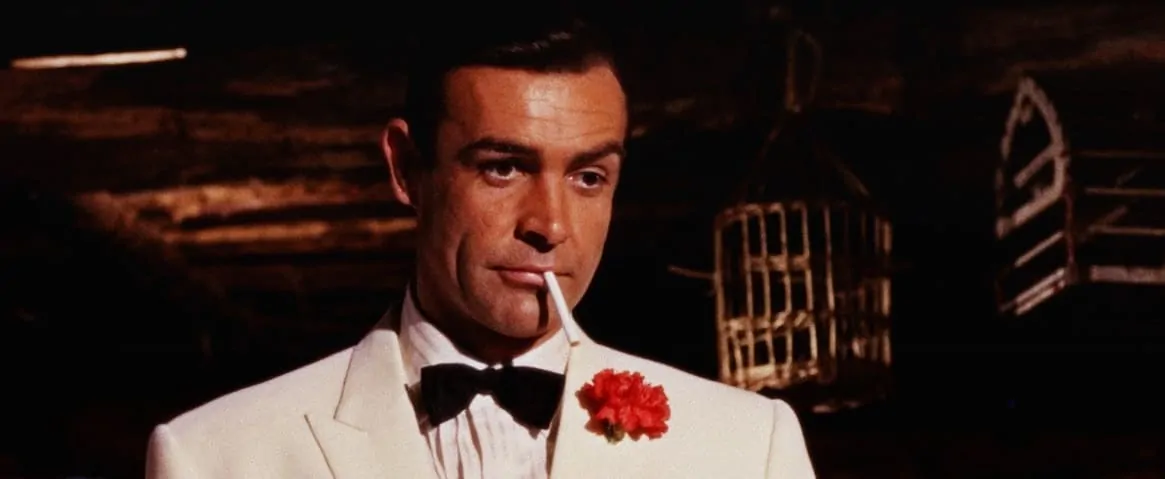
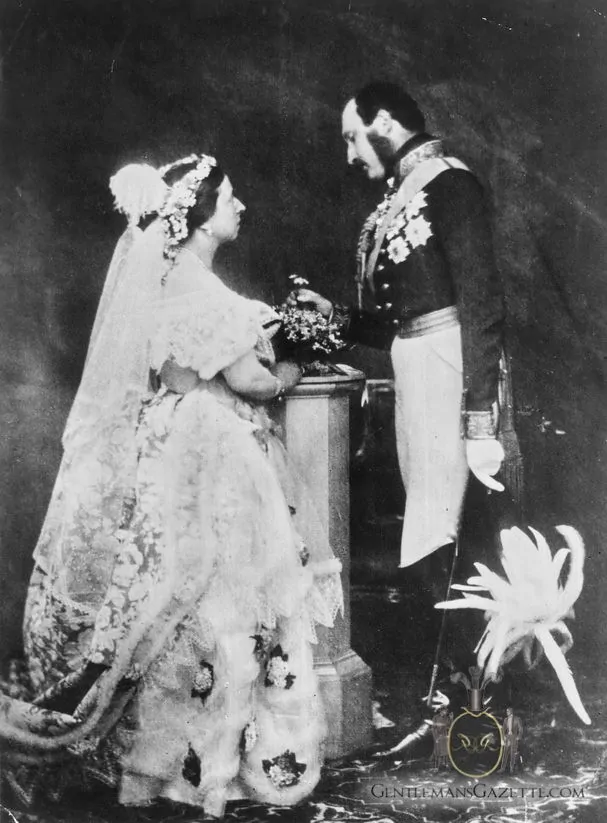
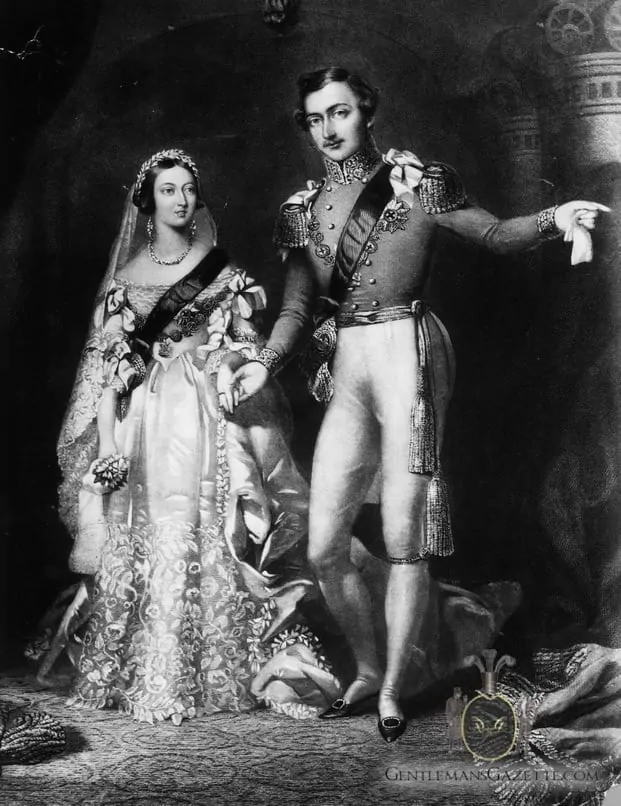
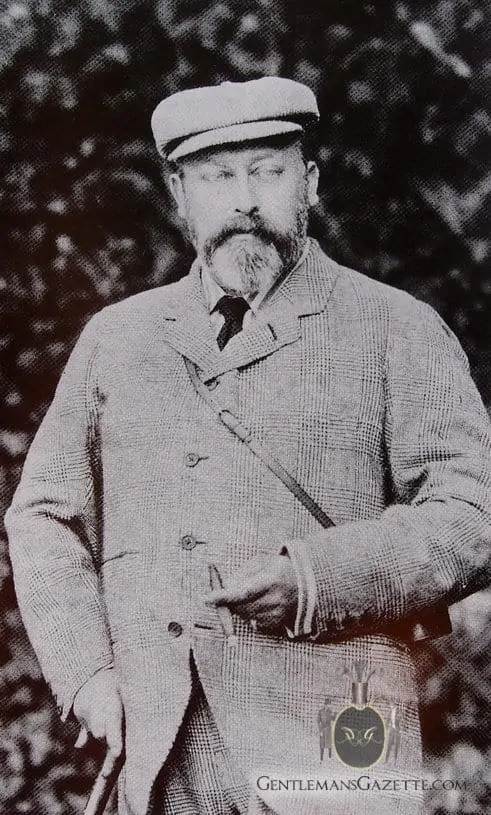
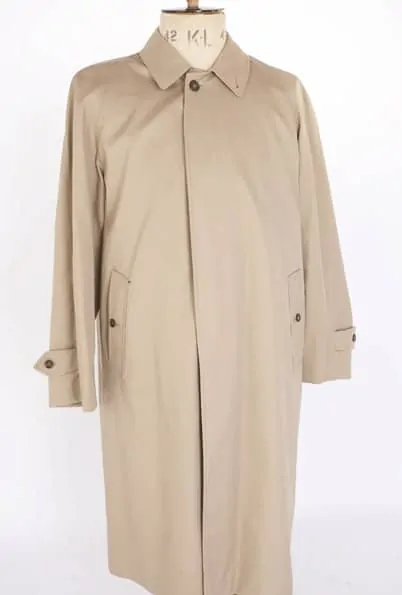
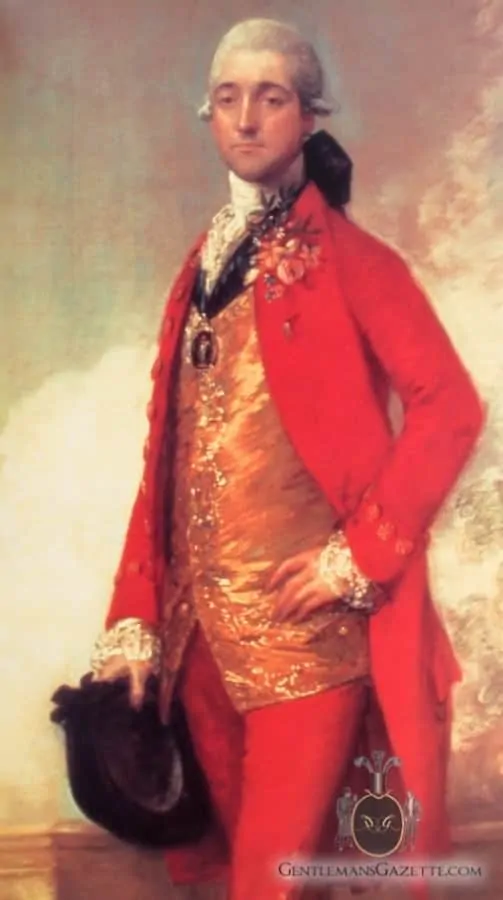
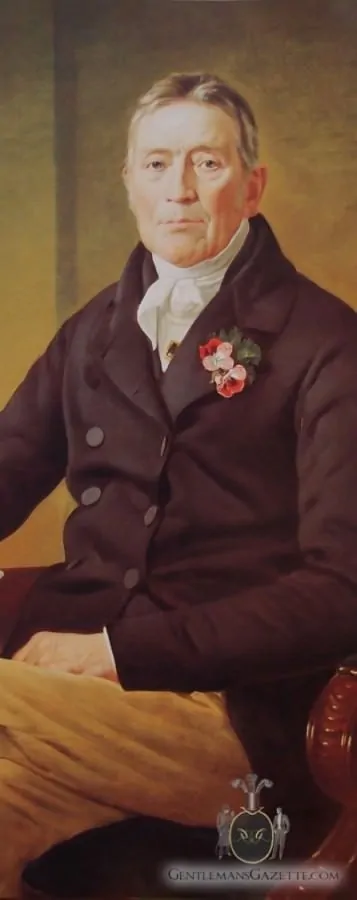
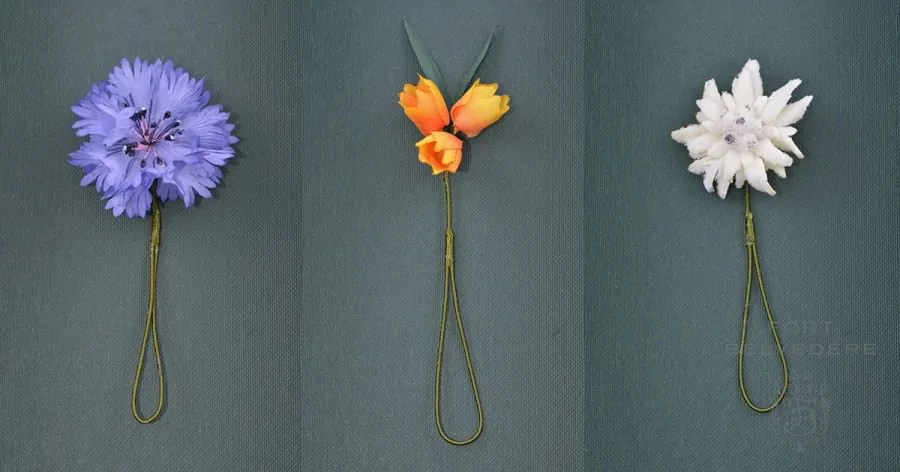
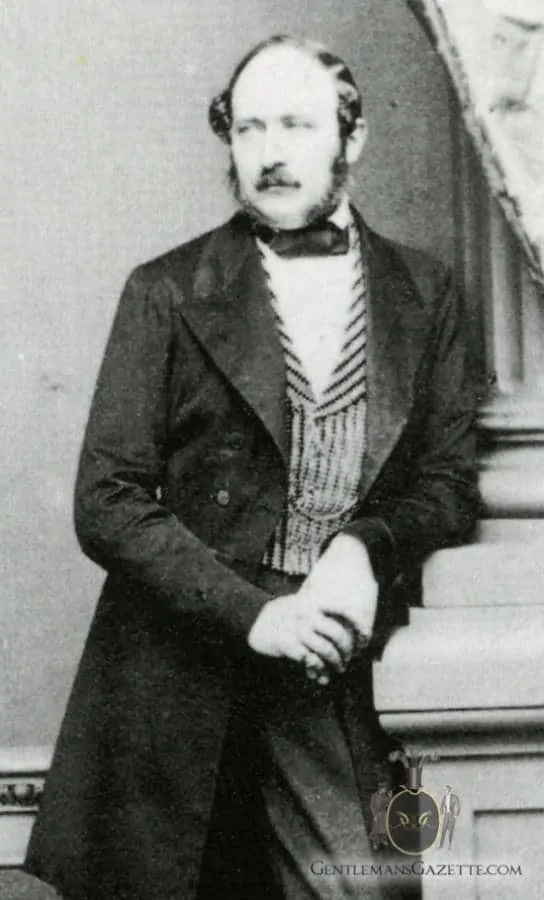
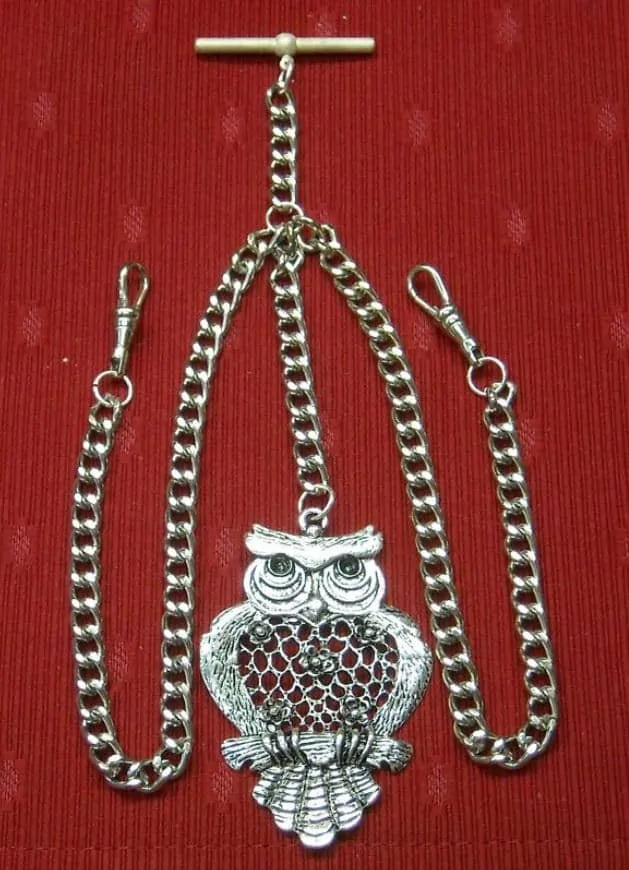
Really enjoyed learning about the derivation and history of the boutonniere-buttonhole. I wear a boutonniere on occasion and in a city where it is quite easy to over-dress…so it takes a bit of courage. Now this new found knowledge will give me some talking points when people remark on my indulgence in wearing a small modest flower. Thanks!
Dear Ken,
Thank you for your kind words. I am glad you wear boutonnieres in everyday life. I wear one whenever I have flowers available. Do you happen to have a couple of pictures of yourself wearing a boutonniere? Thanks in advance
Check out my facebook page…search under my name ‘Ken Dunson’. I am wearing a southern classic summer suit with an antique rose…good for about 6-8 hours.
I love these treatises about the peculiar details of the rules of dress and I enjoy the fact that their origin is often completely circumstantial. That makes abiding by them so much more fun! Knowing there was a perfectly functional explanation for everything would rather take the fun out of dressing.
Also, like Mr. Dunson, I enjoy wearing a boutonniere when circumstances allow for it. As an archaeologist I spend rather much of my day time in the mud, where it is perhaps less practical, although I do endeavour to dress properly even there. On the other hand, there is no shortage of flowers in the field these days. Perhaps I shall go and find a nice one next Monday and wear a boutonniere for fieldwork.
Dear Yannick,
It is an excellent idea to wear a boutonniere for fieldwork – if there are flowers, you can wear a flower in your buttonhole!